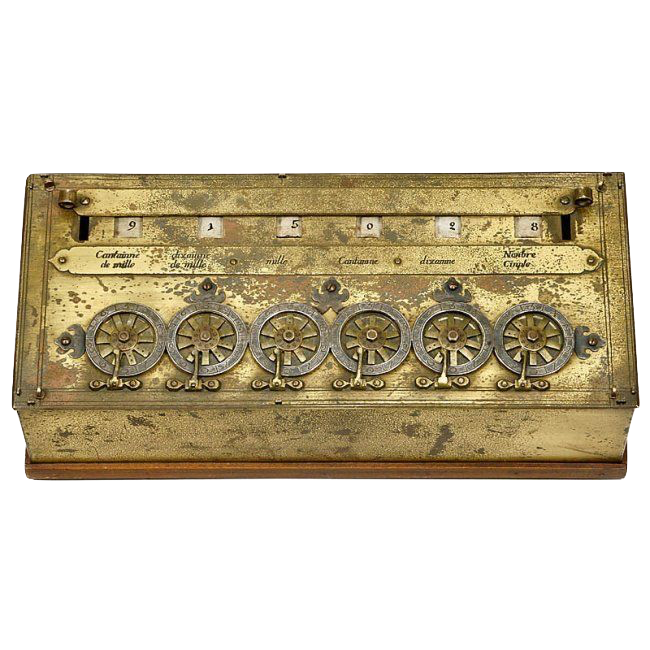| Speaker: | Henry Wolkowicz |
| Department of Combinatorics and Optimization | |
| University of Waterloo |
Title: Sensor Network Localization, Euclidean Distance Matrix Completions, and Graph Realization
Wireless sensor networks have many applications, e.g. in monitoring physical or environmental conditions (temperature, sound, vibration, pressure, battlefield surveillance, home automation, hospital patients, traffic control, etc.). The sensor network localization, SNL , problem consists of locating the positions of ad hoc wireless sensors, given only the distances between sensors that are within radio range and the positions of a subset of the sensors (called anchors). One main point is to view SNL as a (nearest) Euclidean Distance Matrix, EDM , completion problem that does not distinguish between the anchors and the sensors. We show that there are advantages for using the well-studied EDMmodel. This problem can be relaxed to a weighted, nearest, (positive) semidefinite programming, SDP, completion problem. This relaxation is ill-conditioned in two ways. First, it is, implicitly, highly degenerate in the sense that the feasible set is restricted to a low dimensional face of theSDP cone. This means that the Slater constraint qualification fails. Second, nonuniqueness of the optimal solution results in large sensitivity to small perturbations in the data. The degeneracy in the SDP arises from cliques in the graph of the SNL problem. We take advantage of the absence of the Slater constraint qualification and derive a preprocessing technique that solves the SNL problem. With exact data, we explicitly solve the corresponding SDP problem without using any SDP solver. We do this by finding explicit representations of the faces of the SDP cone corresponding to intersections of cliques of the SNL problem. For problems with noise, we first solve nearest matrix problems to get best EDM approximations.


